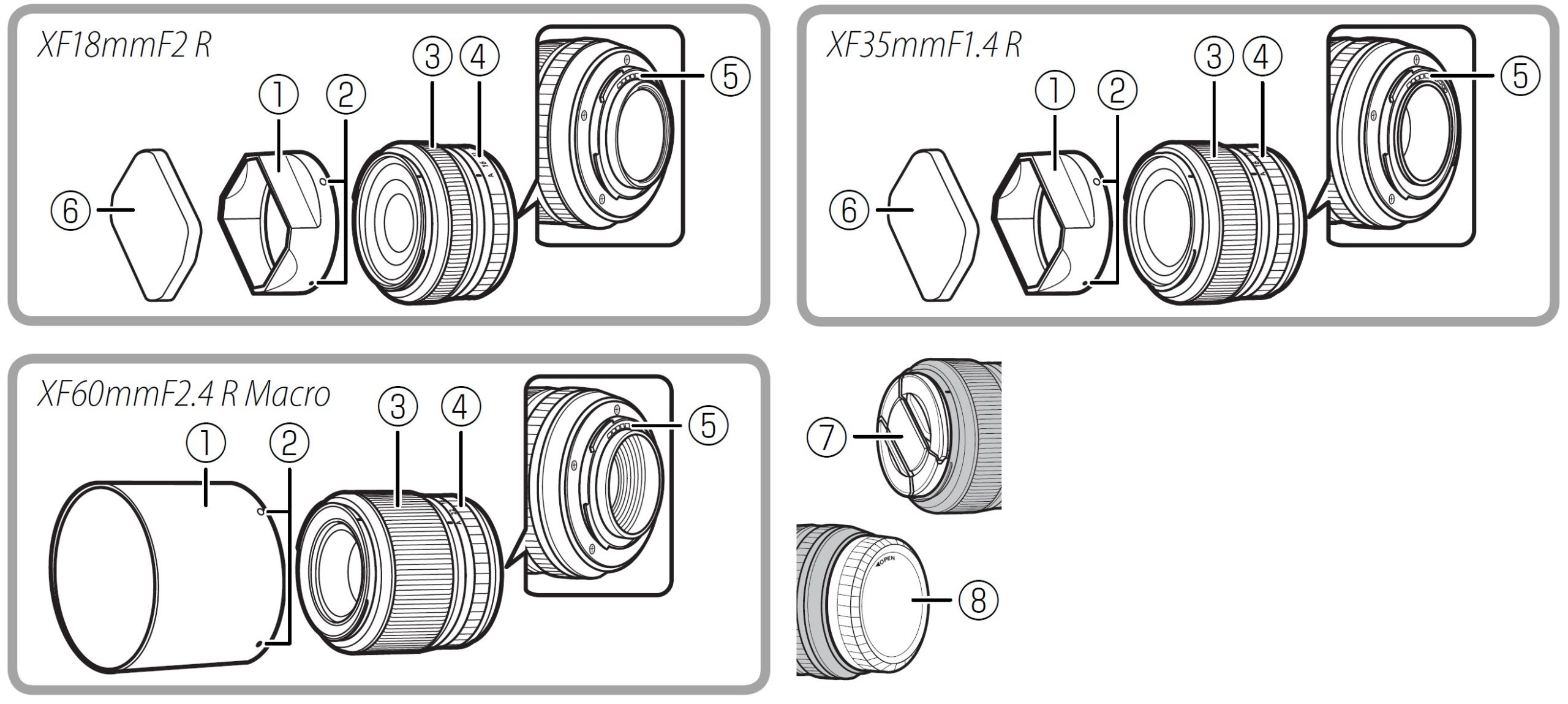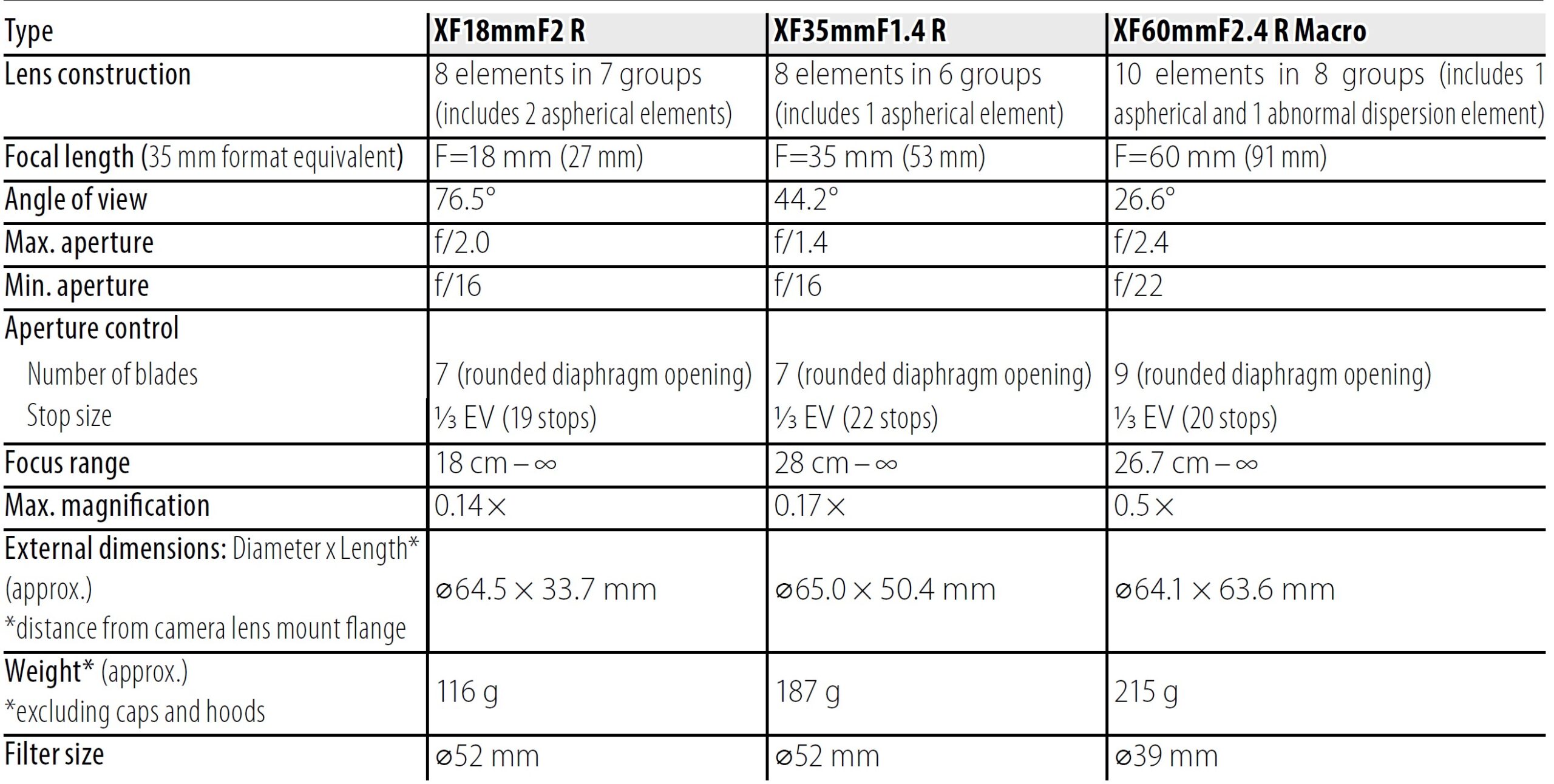
Fujifilm Prime XF35mm Lens

About Fujifilm
Fujifilm, or Fujifilm Holdings Corporation, is a Japanese multinational corporation specializing in imaging and photographic products and various other technologies and services.
Fujifilm has a long and storied history dating back to its founding in 1934 as Fuji Photo Film Co., Ltd. The company’s headquarters are located in Tokyo, Japan.
Instructions
Here are some key aspects and areas of focus for Fujifilm:
- Photography and Imaging: Fujifilm is renowned for its photographic film and cameras, including popular brands like Fujifilm Instax instant cameras and the Fujifilm X-series mirrorless digital cameras. They produce a wide range of photographic products, including film, digital cameras, lenses, and accessories.
- Medical Imaging: Fujifilm has a significant presence in the healthcare industry, providing medical imaging equipment and solutions, including digital X-ray systems, medical printers, endoscopy systems, and more. Their healthcare division plays a crucial role in diagnostic imaging and medical informatics.
- Graphic Arts: Fujifilm is a major player in the graphic arts and printing industry, offering a range of solutions for commercial printing, packaging, and label printing. This includes digital printing equipment, inkjet technologies, and workflow software.
- Document Solutions: Fujifilm provides document solutions, including photocopiers, multifunction devices, and document management software, aimed at improving office productivity and efficiency.
- Materials and Chemicals: The company produces a variety of high-performance materials and chemicals used in industries such as semiconductors, display panels, and flat-panel displays.
- Digital Cameras and Lenses: Fujifilm’s X-series of mirrorless cameras and Fujinon lenses have gained popularity among both amateur and professional photographers for their image quality and innovative features.
- Instant Photography: Fujifilm’s Instax series of instant cameras and film have revived interest in instant photography and are popular among young users for their retro appeal.
- Photographic Film: While digital photography has largely replaced film in many areas, Fujifilm still produces a range of film products for photographers who prefer analog photography.
- Research and Development: Fujifilm invests heavily in research and development, which has led to innovations in various fields, from photography to healthcare and materials science.
Fujifilm has adapted to the changing technological landscape by diversifying its business interests beyond traditional photography.
The company’s commitment to research and innovation has allowed it to remain relevant in the digital age while maintaining a strong presence in photography and imaging.
Parts of the Lens

- Lens hood *
- Mounting marks
- Focus ring
- Aperture ring
- Lens signal contacts
- Hood cap
- Front lens cap
- Rear lens cap
* Lens hoods are for use only with the lenses of the type with which they are supplied and may cause vignetting when matched with other lenses.
Attaching the Lens
See the camera manual for information on attaching and removing lenses. Note that this product is not compatible with X-mount film cameras.
Attaching the Hood
Lens hoods reduce glare and protect the front lens element.
Removing the Caps
Remove the caps as shown.
Supplied Accessories
- Front lens cap
- Rear lens cap
- Lens hood
- Cloth wrapping
- Hood cap (XF18mmF2 R and XF35mmF1.4 R only)
Product Care
- When using a lens hood, do not pick up or hold the camera using only the hood.
- Keep the lens signal contacts clean.
- Use a blower to remove dust and lint from the lens surfaces. To remove smudges and fingerprints, apply a small amount of ethanol or lens cleaner to a soft, clean cotton cloth or lens-cleaning tissue and clean from the center outwards using a circular motion, taking care not to leave smears or touch the glass with your fingers.
- Never use organic solvents such as paint thinner or benzene to clean the lens.
- Attach the front and rear caps when the lens is not in use.
- If the lens will not be used for an extended period, store it in a cool, dry location to prevent mold and rust. Do not store in direct sunlight or with naphtha or camphor moth balls.
- Keep the lens dry. Rusting of the internal mechanism can cause irreparable damage.
- Leaving the lens in extremely hot locations could cause damage or warping.
Specifications

*Improvements may result in unannounced changes to specifi cations and appearance. *Owing to how this lens is constructed, the “Distance indicator” displayed by the camera may in some cases differ from the actual focus distance. Use the “Distance indicator” as a guide only.
FCC Statement
This device complies with Part 15 of the FCC Rules.
Operation is subject to the following two conditions:
- This device may not cause harmful interference, and
- This device must accept any interference received, including interference that may cause undesired operation.
CAUTION: This equipment has been tested and found to comply with the limits for a Class B digital device, under Part 15 of the FCC Rules. These limits are designed to protect reasonably against harmful interference in a residential installation.
This equipment generates, uses, and can radiate radio frequency energy and, if not installed and used by the instructions, may cause harmful interference to radio communications.
However, there is no guarantee that interference will not occur in a particular installation. Suppose this equipment does cause harmful interference to radio or television reception, which can be termined by turning the equipment off and on. In that case, the user is encouraged to try to correct the interference by one or more of the following measures:
- Reorient or relocate the receiving antenna.
- Increase the separation between the equipment and the receiver.
- Connect the equipment to an outlet on a circuit different from that to which the receiver is connected.
- Consult the dealer or an experienced radio/TV technician for help.
- You are cautioned that any changes or modifications not expressly approved in this manual could void the user’s authority to operate the equipment.
Notes on the Grant: To comply with Part 15 of the FCC Rules, this product must be used with a Fujifilm-specified ferrite-core A/ cable, USB cable, and DC supply cord.
FAQS About Fujifilm Prime XF35mm Lens
What is the Fuji XF lens’s minimum focus distance?
35 cm is the bare minimum focusing distance.
What is the range of a 35mm lens?
(Two arm lengths) 1.2 m
What is the purpose of a 35mm prime lens?
For filmmakers, 35mm prime lenses are common choices.
What makes a 35mm lens unique?
The aperture of the 35mm lens is comparatively large.
What is the Fuji 35mm’s shortest focus distance?
35cm
What does a 35mm lens do?
Easily capture two topics or one subject and a background in the same frame.
How does a 35mm prime lens work in photography?
‘Zoom with your feet’ is the golden rule when using a prime lens.
How is 35mm superior?
You have a better chance of getting a sharp subject with a 35mm lens.
What makes a prime lens prime?
The term “prime” now refers to a fixed-focal-length, or “unifocal,” lens, which is the reverse of a zoom. While a prime lens with a particular focal length is less adaptable than a zoom lens, it frequently has better optical performance, a wider maximum aperture, is lighter, and is smaller.
What is the name of a 35mm lens?
A full-frame lens is another name for a 35mm lens.
How should I operate a 35mm lens?
The requirement to maintain a safe distance is one of the best aspects of 35mm lenses.
What view angle do 35mm lenses have?
63-degree
For More Manuals by Fujifilm, Visit the Latest Manual
- Fujifilm Instax Mini EVO Instant Camera User Guide
- Fujifilm Instax Mini 40 Instant Camera User Guide
- Fujifilm Instax Mini 90 Neo Classic Instant Film Camera User Guide
- Fujifilm Instax Mini 11 Instant Camera User Guide
- Fujifilm Fujinon XF 70-300mm OIS WR Lens Owner Manual
- Fujifilm XF23mm WR Lens Owner Manual
 |
Fujifilm Prime XF35mm Lens Owner Manual [pdf] |



